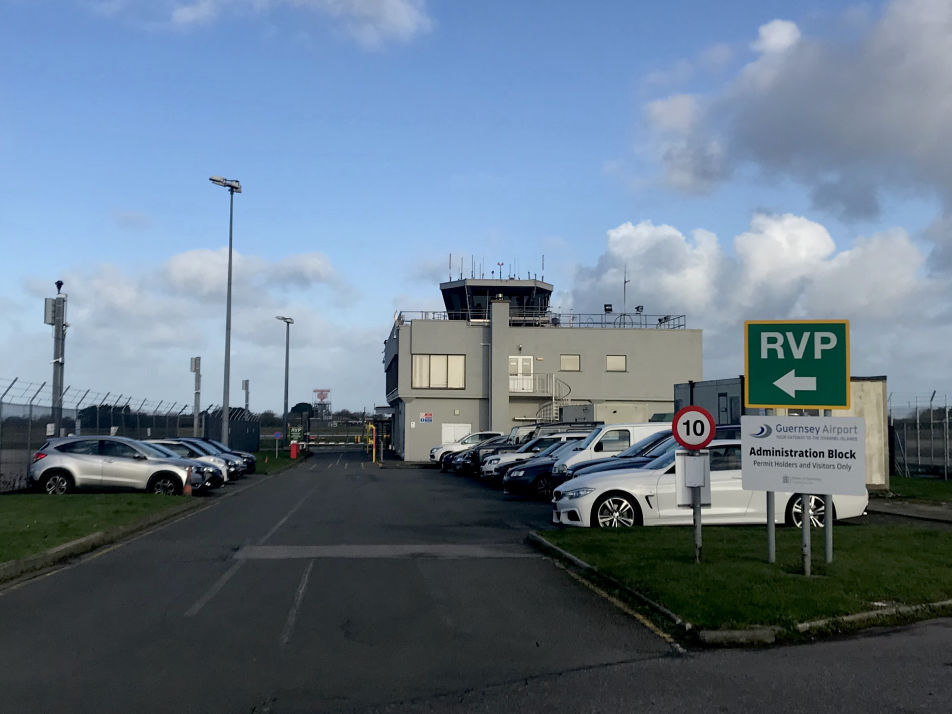The Beginning
It was as long ago as 1777 that Elisha Dobree (Douzenier and Constable of St. Peter Port) started a local weather journal. This was the beginning of a regular weather record for the Island that has continued, virtually unbroken, to the present time.

